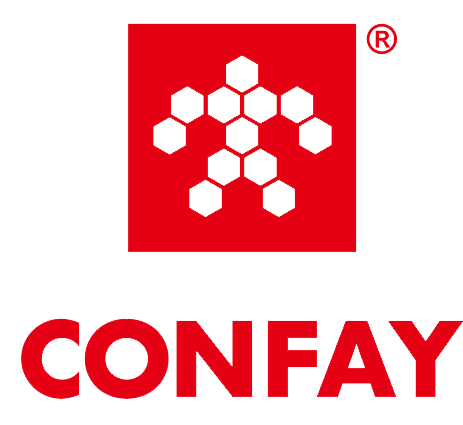What is the Difference Between Reactive and Non-Reactive Adhesives?
When it comes to bonding materials, understanding the differences between reactive and non-reactive adhesives is crucial for selecting the right adhesive for your project. Each type has its unique properties, applications, and advantages. This article explores these differences in detail to help you make informed decisions.
What Are Reactive Adhesives?
Reactive adhesives are formulated to cure through a chemical reaction. This reaction can be triggered by various factors, such as heat, moisture, or ultraviolet (UV) light. Here are some key characteristics:
1. Curing Mechanism
Reactive adhesives undergo a chemical transformation that hardens the adhesive, creating a robust bond. This process often involves curing agents or catalysts.
2. Types of Reactive Adhesives
Epoxy: Known for its strength and durability, epoxy is often used in construction and automotive applications.
Polyurethane: This versatile adhesive is resistant to moisture and is ideal for outdoor applications.
Cyanoacrylate (Super Glue): Cures quickly and forms a strong bond, perfect for small repairs.
3. Applications
Reactive adhesives excel in high-performance environments, such as:
Aerospace
Automotive manufacturing
Construction
Electronics
4. Bond Strength
These adhesives typically provide superior bond strength, making them suitable for applications that require resistance to extreme conditions.
What Are Non-Reactive Adhesives?
Non-reactive adhesives, on the other hand, do not undergo a chemical change during the curing process. Instead, they bond materials through physical means. Here are their primary characteristics:
1. Curing Mechanism
These adhesives may cure through evaporation of solvents, pressure, or cooling, without any chemical transformation.
2. Types of Non-Reactive Adhesives
Pressure-Sensitive Adhesives: Commonly used in tapes and labels, they offer easy application and removal.
Hot Melt Adhesives: These adhesives are applied in a molten state and solidify as they cool, suitable for packaging and crafts.
Contact Adhesives: These require both surfaces to be coated and allowed to dry before bonding, often used in laminating.
3. Applications
Non-reactive adhesives are widely used in:
Packaging
Craft projects
Light-duty bonding tasks
Furniture assembly
4. Bond Strength
While they provide adequate strength for many applications, non-reactive adhesives may not withstand extreme conditions as effectively as reactive adhesives.
Feature | Reactive Adhesives | Non-Reactive Adhesives |
Curing Mechanism | Chemical reaction | Physical processes |
Bond Strength | High | Moderate to high |
Working Time | Limited | Extended |
Typical Applications | Aerospace, automotive, construction | Packaging, crafts, light-duty |
Conclusion
Choosing between reactive and non-reactive adhesives depends on your specific needs and application requirements. Reactive adhesives offer strong, durable bonds suitable for demanding conditions, while non-reactive adhesives provide flexibility and ease of use for everyday tasks. Understanding these differences will help you select the right adhesive for your project, ensuring a successful bond every time.
For more information on how PUR reactive hot melt adhesive can benefit your operations, please feel free to CONTACT US Confay adhesive for expert advice and support. Embrace the future of profile wrapping with innovative adhesive solutions!

